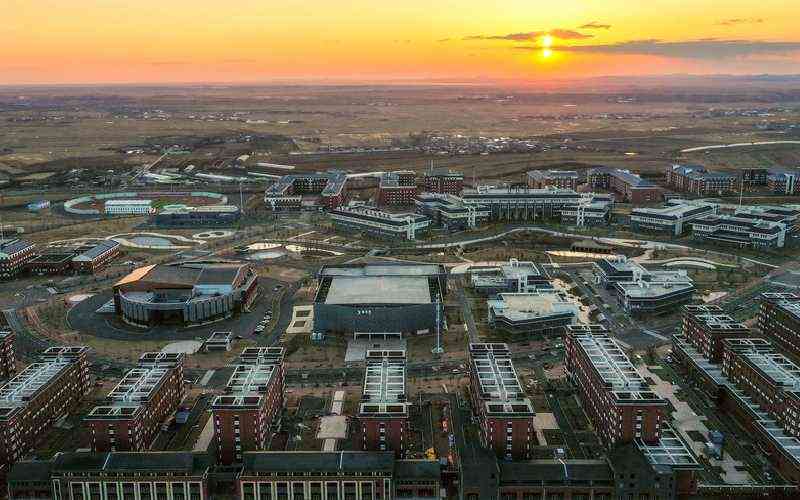×
The Standard e-Paper
Kenya's Bold Newspaper

More than two years into the COVID-19 epidemic, China has achieved the best results among major countries in coordinating epidemic control and keeping the economy steady and sound.
China was the only major country whose economy grew in 2020. This year, braving a series of challenges posed by the Omicron outbreak and a worsening global environment, China posted a 2.5 percent year-on-year growth in the first half and is on track for further recovery.